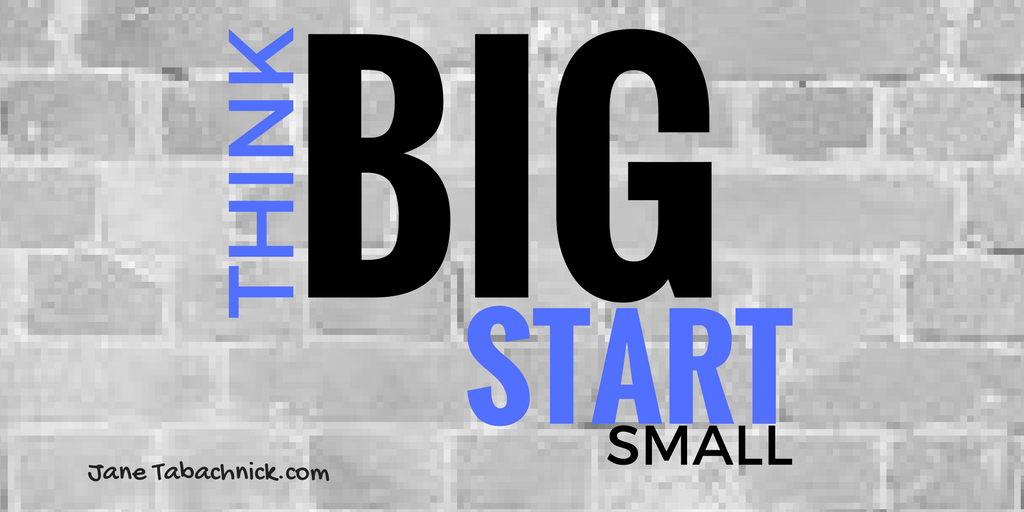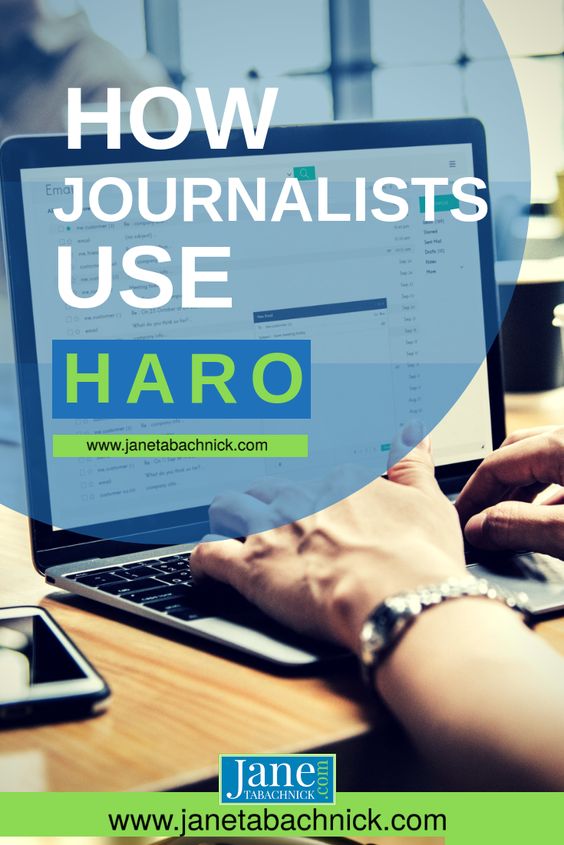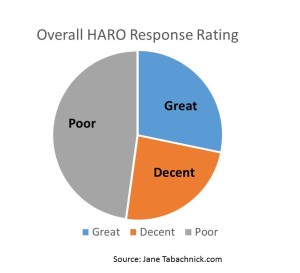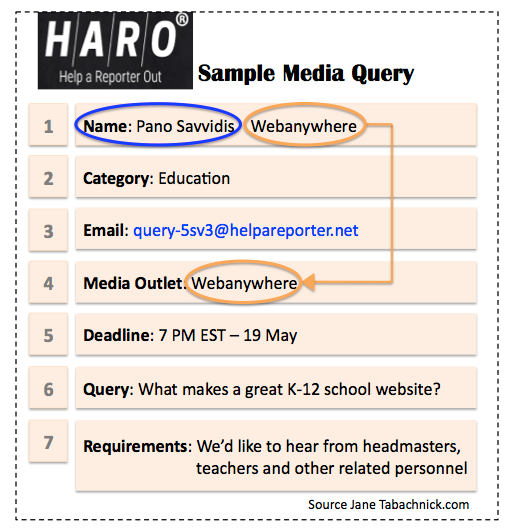
This post is based on my interview with Karen Yankovich,
LinkedIn expert on the Good Girls Get Rich podcast –
How to Use LinkedIn and PR Together
Karen: There’s a lot of focus on how to use LinkedIn and PR to get more visibility, because that gives you more credibility. I think that that is something that is so powerful and so overlooked. I’m really excited about having a chance to dive deeper into that today with you Jane.
You and your next-door neighbor competitor may be apples to apples across the board, but when you are the one that’s ‘as seen in’, it takes you to the top. That is completely creatable by you. And, probably, Oprah’s not going to come knocking on your door. You’ve got to go after it. You’ve got to look for the opportunities and I love that that’s what you’re helping people. when you are doing what you love to be doing, I want to shine a light on it so the whole world knows.
Jane: I’m so glad you mentioned that the media don’t come knocking on your door. Sometimes people think, “Oh, she’s lucky. She’s getting press.” Yes, there is always a certain element of luck, synchronicity, timing, but really luck is what happens in my opinion, or publicity happens, when preparation meets opportunity. The people who are on stages, who are getting publicity, who are in Oprah or any other publication, are out there pitching, or they’ve got someone helping them with the pitching. It doesn’t just magically happen.
Look Worthy of Press
Karen: You have to have a great LinkedIn profile and be connecting with people on that level. So energetically, you’ve got to be showing up like an influencer, somebody worthy when they’re checking you out and of being in their publications. And then building relationships from that point. You have to look worthy of press.
Jane: So true. You don’t get a second chance to make a first impression. People are going to judge you on your photo, on your profile and on the comments you make. Everything until they know you, and then they may give you a little bit more leeway. You want to be on brand, on message and really coming across as professionally as possible. I know you teach this and we certainly go through a lot of this with our clients on giving that professional appearance and looking like you are media ready. That way if the media want to feature you in a story, they know that any of their audience who goes to check you out is not going to think, “Whoa, who’s this person, how did this happen?”
Karen: Take the time upfront to create a LinkedIn profile that makes you look worthy of their time. You’re making it easier for them to want to be connected to you. If you do all of this, with a LinkedIn profile that has dust bunnies on it, you have no credibility. They’re going to love that you did it, but chances are, they’re not going to be going out of their way to continue to build that relationship.
Build Relationships – Human to Human
Karen: Working with clients on a PR plan, what does that look like?
Jane: Very much like the way you teach your clients to use LinkedIn, PR is really about relationships. Having a great profile is a start. The LinkedIn platform is great for building relationships, I’m not saying to connect and immediately start pitching someone but connect with the media to start a relationship.
I teach my clients to do something we call hug an influencer. When I say influencer, it can be someone who is a thought leader in your industry, someone you respect, or a journalist. It can be an Instagram influencer or anyone in that category. Follow them, share their content and be authentic. Don’t just do this to get in their good graces, but let them know if you like something they wrote- comment, share it and tag them.
The tagging is a really great thing to do. A lot of people don’t do this because some of the tools don’t make it easy. Take the time to find out their social handle and include that. This does a couple of things. It sends them an alert and lets them know you’re sharing their content, which is great. It gives them credit and the recognition which they deserve. Today, as many more media professionals are freelancing, they need to get this visibility. It also helps put you in front of their audience because when you tag someone, it’ll get shared to their network. So, you’re increasing your visibility along with theirs. It’s really a win-win-win.
Karen: What you just described, is really a simple thing to do.
Jane: Exactly. It’s so simple, and it can help you stand out because, so few people take the time to do this.
Karen: So, it’s about paying attention to not just the content, but the person that published the content.
Jane: Exactly. As you know, it’s so frustrating and sometimes a little bit unsettling when you put content out there and no one comments. So be that person that comments and shares and acknowledges someone else’s content.
When you start getting out of your head and responding to people on social media, you build relationships authentically and easily. You just told me something great. I’m human, I have to respond.
Karen: It’s often human to human and which, by the way, is where the money is. That’s where the profit is. People buy a $50 something off of a funnel and a web thing. But nobody’s buying your $5,000 or $10,000 stuff without a human-to-human conversation.
How to Connect With and Pitch the Media on Linkedin
Karen: Now that I’ve identified some journalists one LinkedIn and I’m doing all the good stuff [optimizing my profile…commenting…]. Do I pitch them? What do I do?
Jane: You can start following them. You can comment on their posts. You can send them a connection request without a pitch. Just say, “I’ve read your content.” It’s always good if you’re specific. Instead of, “Hey, I’ve read your content,” which could be a cut and paste message, instead say, “I just read your article on the new LinkedIn Stories. And I love that you explained how to do X, Y, Z in great detail. It let me get into action right away.” Something so specific it lets them know that you had to have taken the time and read the story. You’re actually speaking personally to them, not sending a blast and just changing the first name.
Karen: You’re building the relationships so that when an opportunity may come down the road where you’ve got something interesting, you can maybe reach out then and say, “I’ve got this idea and I thought of you,” and pitch them.
Jane: Yes, now that you have built up some social currency, you can pitch them your idea or you can offer additional value by offering access to your contacts. “I’ve got a good network here on LinkedIn. You’re welcome to look through my contacts if you need an intro or a source. Or if there’s someone specific you’re looking for, I’m happy to try and make a connection for you.” Be of service and try to give before you ask.
How PR Grows Your Business
Karen: How does this PR help us grow our business?
Jane: The thing about PR, which makes it really the most valuable form of content, is that it gives you third-party credibility. They featured you in the media, rather than your so-called competition or somebody else. That positions you as the expert and it’s as if the media endorsed you, although technically it’s not an endorsement.
How do you use it? You share your press on LinkedIn and you thank the person who wrote the story by tagging them. You tag the publication and again, let them know. Not only does this acknowledge and thank them, but it also puts you in front of their network, so you get even more visibility.
Share it more than once, which is good for you, good for the publication and the journalist. This is a step a lot of people miss and therefore lose out on more visibility. Think about it like this… that old adage, “If a tree falls in the forest and no one’s there to hear it…. you know the rest.” How this relates to PR is that if you’re in The New York Times today, and I haven’t picked up The Times today, for me, it didn’t happen, unless you tell me it happened, right?
It’s important to let your audience know about press you get, because we’re all bombarded with so much information and may not have seen it. When it comes to the publicity you get, it’s not a one and done; you can put your press into your scheduler. Six weeks later, pull out one line, a sound bite from the article or interview and mention it again on socials. Also, add it to your media room. You can add the media logo to your, “as seen in”, or “as seen on” bar, which gives you additional credibility on your website and social media.
Their First Impression of You is Your Digital Footprint
Karen: We’ve learned a lot in the past year of being virtual. And I think a lot of it really is, what is your digital footprint? We learned about how the first impression is what we’re learning about people digitally.
Jane: Yes. If you start now doing one simple thing each day, which could be five minutes of commenting or connecting. By the end of the year, I’m not going to do the math, but you can have hundreds of comments and connections. Amazing things can happen that you weren’t expecting. So, you have to be in it [the pr game] for that to start happening.
Karen: It’s exactly right and you can take control of this by doing yourself. You can control your digital footprint by building these kinds of relationships. Understand how powerful publicity could be for you, no matter what the stage of your businesses is.
Resources:
► Listen to the full podcast interview of Good Girls Get Rich – How to Use Linkedin and PR Together – with Jane Tabachnick
► Take our Visiblity Assessment
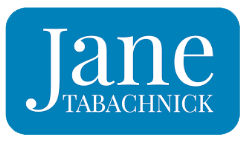


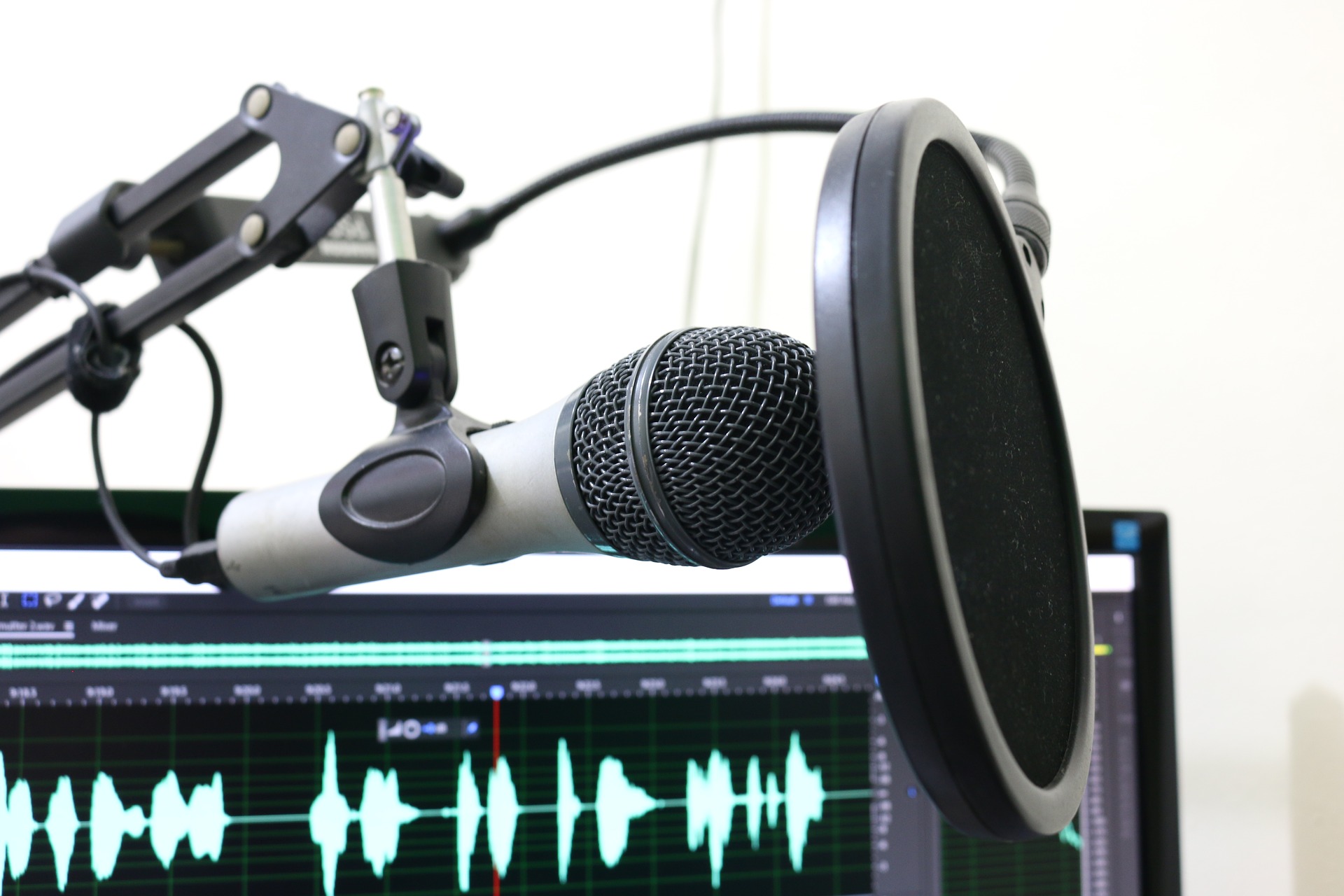

 With continual deadlines, the media are always under pressure to gather information and sources for their stories (while often juggling multiple stories and deadlines at the same time). The media depend on a great source or two to help them with each story.
With continual deadlines, the media are always under pressure to gather information and sources for their stories (while often juggling multiple stories and deadlines at the same time). The media depend on a great source or two to help them with each story.

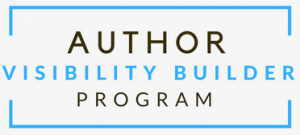 That’s why I created the Author Visibility Builder program. It’s for non-fiction authors just like you who want to do your own book publicity. You know that if you just get in front of your ideal audience, you can share more of your gifts as well as turn more of your audience into paying clients.
That’s why I created the Author Visibility Builder program. It’s for non-fiction authors just like you who want to do your own book publicity. You know that if you just get in front of your ideal audience, you can share more of your gifts as well as turn more of your audience into paying clients. Wei is an active business networker, and took his book to all his events. This became an easy conversation starter and instant expert positioning for him.
Wei is an active business networker, and took his book to all his events. This became an easy conversation starter and instant expert positioning for him.
